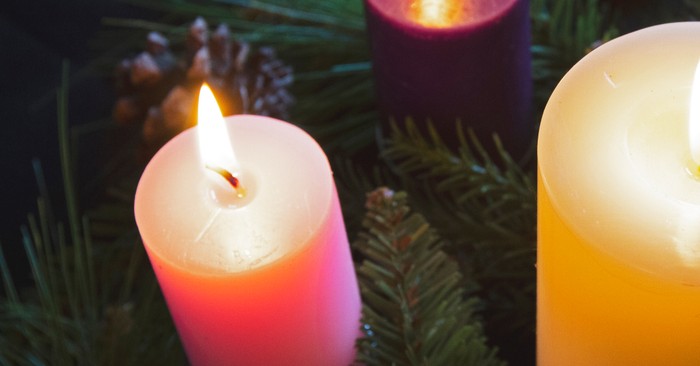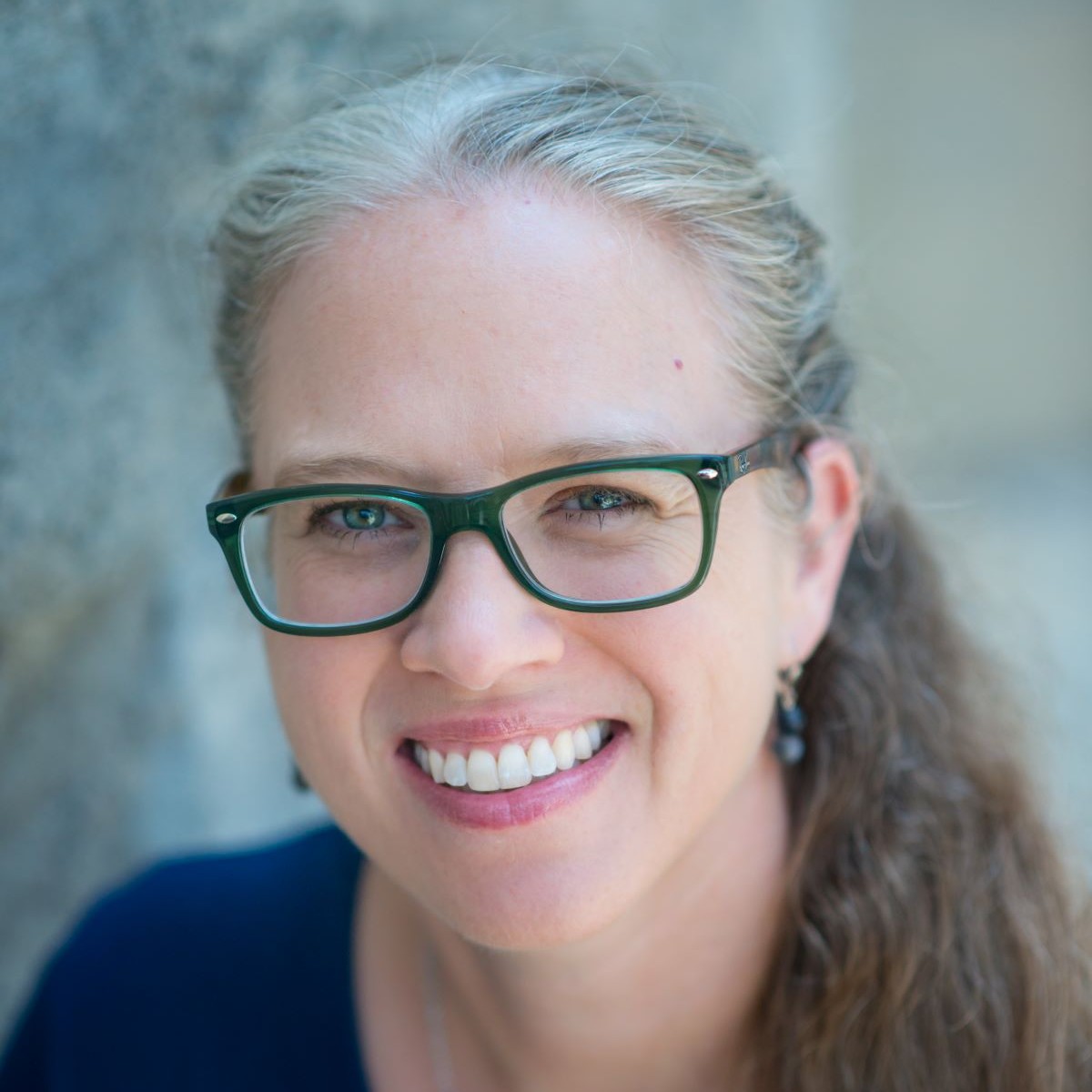
To guide us through the Advent season, which this year begins on Sunday, December 3, and ends on Sunday, December 24, we’ll focus on four reflections as part of this study.
For hundreds of years, Christians have referred to the four weeks leading up to Christmas Day as the Advent season. As believers, we can use this season, in all of its hecticness, as a pause for reflection as we prepare to celebrate the birth of Christ. As Dietrich Bonhoeffer said, “The celebration of Advent is possible only to those who are troubled in soul, who know themselves to be poor and imperfect, and who look forward to something greater to come.”
Bonhoeffer refers to not only reflecting on the meaning of Christ’s birth but also looking ahead to the second coming of Jesus. It’s in this backward-yet-forward reflection that we can hold fast to the true meaning of Christmas while gazing with anticipation at the return of our Savior in all of his glory.
To guide us through the Advent season, which this year begins on Sunday, December 3, and ends on Sunday, December 24, we’ll focus on four reflections as part of this study. The accompanying videos will dive deeper into the keywords from each week.
Let’s start this introduction by answering two questions essential to our understanding of the Advent season:
- What is Advent?
- How do we celebrate Advent?
What Is Advent?
Many people associate Advent with the Christmas season, and rightly so. The word Advent comes from the Latin word adventus, which means “coming.” The Greeks translated adventus as parousia, which also means “a coming” or “a presence.” In the New Testament, parousia refers to any individual’s arrival to or presence in a specific place or with specific people.
During the fourth and fifth centuries, Advent became a season of preparation for the baptism of new believers at Epiphany, a feast held in January that marks when the Magi or Wisemen visited baby Jesus. While preparing for this baptism, Christians would pray and fast for 40 days. There was little connection between the birth of Christ and Advent at this time.
However, by the sixth century, Roman Christians had firmly bonded Advent with the coming of Christ, not as a baby but as a judge in his second coming. It wasn’t until the Middle Ages that Advent became linked to the birth of Christ. Today, many people from Christian traditions celebrate Advent, including Orthodox, Protestant, Roman Catholic, and other Christian communities, with specific practices varying.
How Do We Celebrate Advent?
Christians participate in Advent in a variety of ways, both in church and in their homes. For example, for years, many in America and other parts of the world have celebrated—or anticipated—the 24 days leading up to Christmas with countdown calendars. Advent calendars started in the 19th century in Germany when Protestants used various ways to mark the days before Christmas, such as adding chalk marks on walls or doors, placing straws in a Nativity crib or lighting candles. Some families would hang a devotional image up each day, leading to the first known handmade wooden Advent calendar in 1851.
Since Advent traditionally moves each year, many calendars simply start on December 1 and end on December 24 or 25. These Advent calendars often have little doors or drawers that reveal a small treat, such as a Bible verse related to Christ’s birth, a tiny toy, or a piece of candy. Our Advent calendar has a Nativity theme, with small cloth wisemen, shepherds, camels, sheep, angels, and baby Jesus for Christmas Day.
In recent years, Advent calendars have become big business, with more creative offerings to mark the season until December 25. For example, makeup, jam, skin care, hot sauce, candles, tea bags, hair products, cheese, jewelry, coffee, and beef jerky have made appearances on Advent calendars. Some are even tailored to pets, such as cat or dog treat Advent calendars.
Advent wreaths are another favorite way to mark the season. During the 16th century, German Catholics and Lutherans began gathering branches or garlands with four or five candles arranged within the wreath. In the Advent season, one candle is lit each Sunday.
Today, many families make their own Advent wreaths. The traditional colors for the wreath are three purple or dark blue candles, and one rose or pink within a wreath. Often, a single, larger white candle will be placed in the wreath’s center to be lit on Christmas Day.
Whether you have an Advent calendar or wreath—or simply choose to celebrate the season of Christmas in another way—this study will help you develop a deeper understanding of the Promise of Hope, the Preparation for Peace, the Action of Joy, and the Coming of Love as it relates to our Lord and Savior Jesus Christ.
As author Matthew Kelly put it, “God of hope, I look to you with an open heart and yearning spirit. During this Advent season, I will keep alert and awake, listening for your word and keeping to your precepts. My hope is in you.”
Photo Credit: ©SparrowStock







